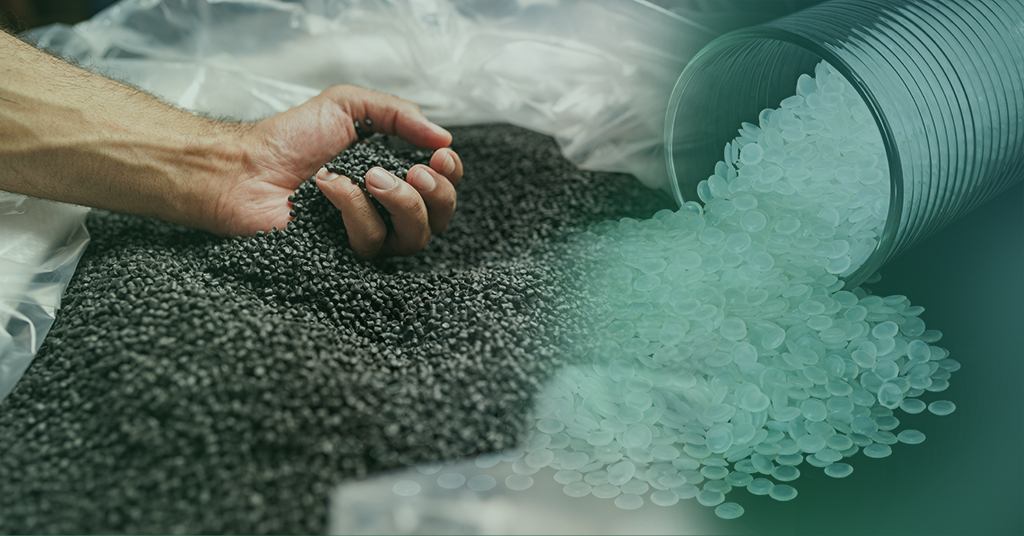Welcome To ChemAnalyst

In the dynamic landscape of Russia's polymer industry, the year 2023 brought forth noteworthy trends, witnessing a significant 12% surge in the imports of large-capacity polymers by Russian companies. This increase amounted to a total of 1 million tons, reflecting a substantial shift in the country's polymer trade dynamics. Simultaneously, the export front experienced a decline of 24.8%, with total polymer exports, excluding countries within the Customs Union, reaching 1.3 million tons. This downturn was particularly prominent in high-density polyethylene (HDPE), polystyrene (PS), and suspension polyvinyl chloride (PVC-C).
On the domestic production front, large-capacity polymers exhibited a commendable growth of 3.1%, resulting in a cumulative production of 7.4 million tonnes. Notably, polypropylene (PP) and polyethylene terephthalate (PET) emerged as standout performers, showcasing the most substantial growth rates in the domestic production landscape.
The apparent consumption of seven large-capacity polymers within Russia, including polyethylene (LDPE, HDPE, LDL), polypropylene (PP), polystyrene, polyvinyl chloride (PVC-C, PVC-E-free), and polyethylene terephthalate (PET), marked a 12% increase in 2023 compared to the preceding year. The total apparent consumption reached 7.1 million tons, considering a forecast for December. This upswing is indicative of the industry's resilience and adaptability to evolving market conditions.
As the year concluded, the overall share of imports in consumption remained consistent with the figures from 2022, maintaining a position at 15%. However, within specific polymer categories, there were discernible changes. Notably, the share of imported high-density polyethylene (LDPE) grades in consumption rose from 14.2% to 16%, signifying an increased reliance on imported LDPE varieties.
Similarly, HDPE saw a moderate increase from 10.8% to 11.6%, indicating a slight shift in consumption patterns. The share of imported PP witnessed a notable uptick from 9.7% to 13.6%, underlining a growing preference for imported polypropylene.
Meanwhile, the share of PS experienced a significant rise from 3.7% to 7.8%, suggesting an evolving market for polystyrene. In contrast, the share of foreign-made PVC-C in consumption decreased from 11.2% to 7.2%, reflecting a shift in favor of domestically produced PVC-C. Additionally, the share of foreign PET also observed a decrease, declining from 31.5% to 30%, indicating a marginal shift towards domestically sourced PET.
Taking a broader perspective, the general industrial production index reached 103.5% at the end of 2023 compared to the preceding year. This figure offers valuable context, positioning the production of polymers in the larger context of the Russian industry. Furthermore, the overall index for chemical production slightly outpaced the general industrial production index, reaching 104.6%. These figures signify that the polymer industry's growth aligns with the average trends witnessed in the broader industrial landscape.
We use cookies to deliver the best possible experience on our website. To learn more, visit our Privacy Policy. By continuing to use this site or by closing this box, you consent to our use of cookies. More info.
